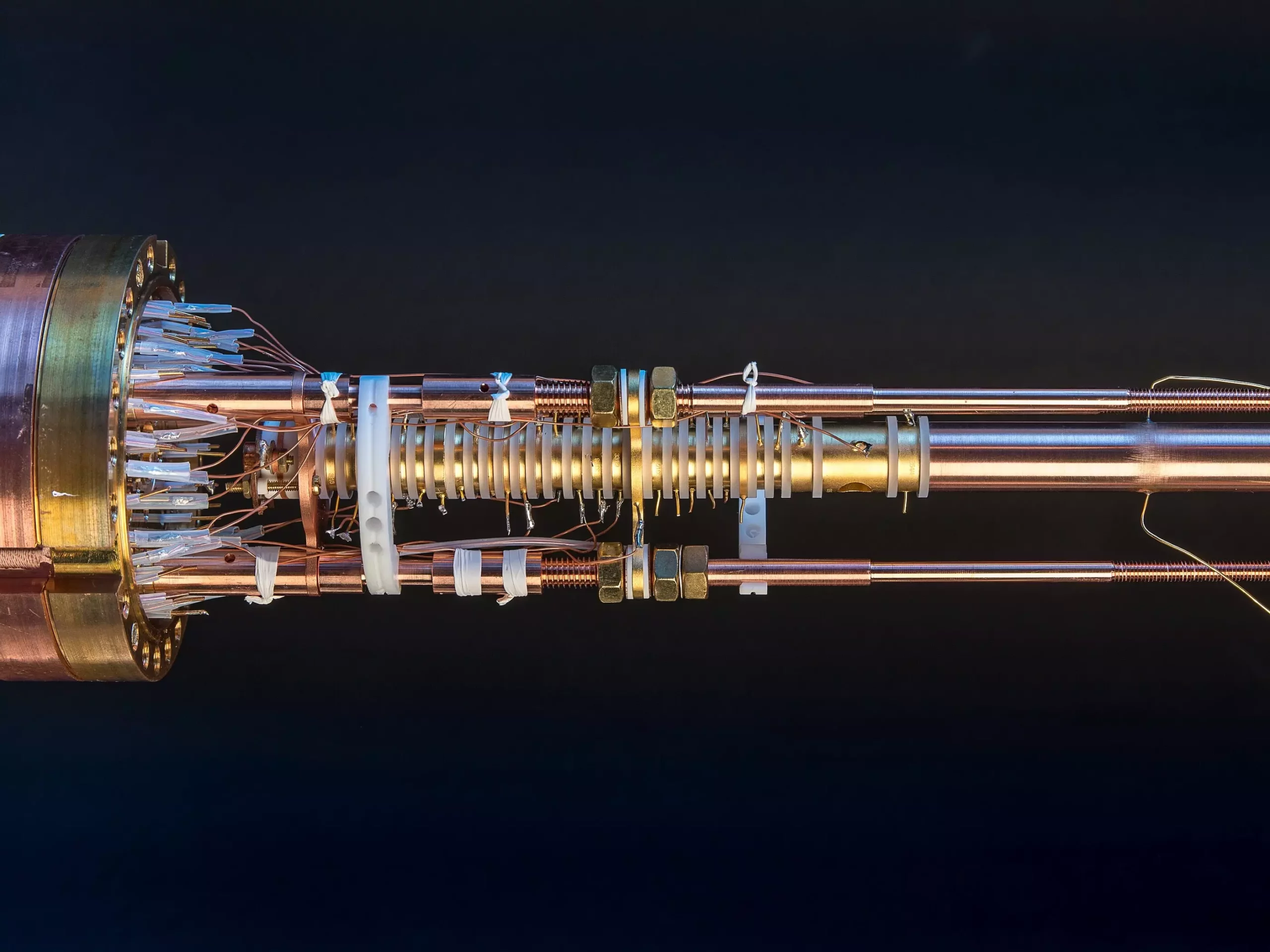At the core of atomic structure lies a protective veil known as the electron shell, which plays a significant role in the chemistry and physics of the atom. This electron shell serves as an electromagnetic shield, effectively safeguarding the nucleus and its intricate properties from direct interaction with the external environment. Researchers, led by Klaus Blaum at the Max Planck Institute for Nuclear Physics, have made significant strides in understanding this shielding effect, particularly in beryllium atoms. Their groundbreaking findings, published in the esteemed journal Nature, reveal a significantly enhanced precision in measuring the magnetic moment of beryllium-9, achieving results 40 times more accurate than previously obtained. This advancement is not only pivotal for the fundamental study of atomic physics but also enhances practical applications in fields such as chemistry and nuclear magnetic resonance (NMR).
Nuclear magnetic resonance, akin to magnetic resonance imaging (MRI) used in medicine, offers a unique insight into the chemical properties of substances. While MRI generates detailed images of organs and tissues, NMR yields a chemical fingerprint of materials, allowing chemists to analyze molecular structures and dynamics with unparalleled precision. The technique exploits the inherent magnetic properties of certain atomic nuclei, akin to tiny magnets, which align themselves in response to externally applied magnetic fields. This alignment and subsequent motion of atomic nuclei when subjected to magnetic fields are pivotal in gathering precise data about their chemical surroundings.
The data acquired from NMR is crucial for understanding interactions at the atomic level and can be utilized in various applications, including the design of new materials, pharmaceuticals, and even magnetic field measurements. However, the theoretical aspects governing this fascinating phenomenon are intricate and somewhat elusive—particularly when it comes to calculating properties such as nuclear magnetic moments.
Despite the advancements in theoretical physics, calculating the magnetic properties of atomic nuclei remains a formidable challenge. The complexity of interactions among subatomic particles—protons and neutrons within the nucleus, and electrons surrounding it—often defies precise calculation. This challenge is underscored by the work of Zoltan Harman, who noted that calculations for systems involving multiple interacting bodies yield uncertainties that can amount to approximately one part per thousand.
This intrinsic difficulty in predicting nuclear behavior has motivated experimental physicists to pursue high-precision measurements that can provide empirical data to refine theoretical models. Klaus Blaum’s research team has developed a sophisticated methodology utilizing Penning traps to achieve this goal. These traps permit the precise control of charged particles through a combination of strong magnetic and electric fields, enabling researchers to measure magnetic properties of atomic nuclei with unprecedented accuracy.
Exploring Beryllium-9: The Ideal Candidate
Beryllium-9, the focus of Blaum’s research, presents several advantages as a prime candidate for precise measurements. Its comparatively small atomic nucleus eliminates the need for numerous corrections associated with larger nuclei. Moreover, beryllium’s proximity to helium in the periodic table makes it particularly relevant to nuclear magnetic resonance applications that necessitate accurate magnetic field measurements.
The research team undertook the innovative approach of removing three electrons from beryllium-9 to obtain a singular “residual electron.” This configuration creates an atomic system that closely resembles a two-body interaction, resembling hydrogen-like characteristics that are more straightforward to analyze and calculate theoretically. The remaining electron acts as a sensitive probe, or antenna, effectively amplifying signals emanating from the nucleus, allowing for the precise measurement of the nuclear magnetic moment.
Significance of the Research Findings
The measurements conducted by Blaum’s team yielded notable advancements in understanding the shielding effects of electrons surrounding an atomic nucleus. By systematically comparing the measured magnetic moment of the beryllium-9 ion with varying numbers of removed electrons, the researchers gleaned crucial insight into how electron shielding affects nuclear behavior, providing valuable data applicable to helium-3, another essential element in NMR.
The ramifications of these findings extend beyond fundamental physics. Enhanced precision in magnetic field measurements has profound implications for various scientific fields, from refining nuclear medicine techniques to advancing material science and chemistry. The research not only deepened our understanding of atomic properties but also represents a significant step forward in making NMR techniques more accurate and reliable.
In the realm of atomic physics, the convergence of theoretical modeling and empirical measurement forms a vital foundation for discoveries that push the boundaries of our understanding. The work carried out by Klaus Blaum and his team exemplifies the importance of precision in experimental physics, highlighting the intricate balance between fundamental research and its practical applications. Through their meticulous study of beryllium-9, they have illuminated the path toward improved methodologies in nuclear magnetic resonance while fortifying the relevance of atomic physics in the advancement of technology and science. The journey of exploring atomic behavior, governed by electromagnetic shields, continues to reveal the complexities and wonders of the natural world.


Leave a Reply